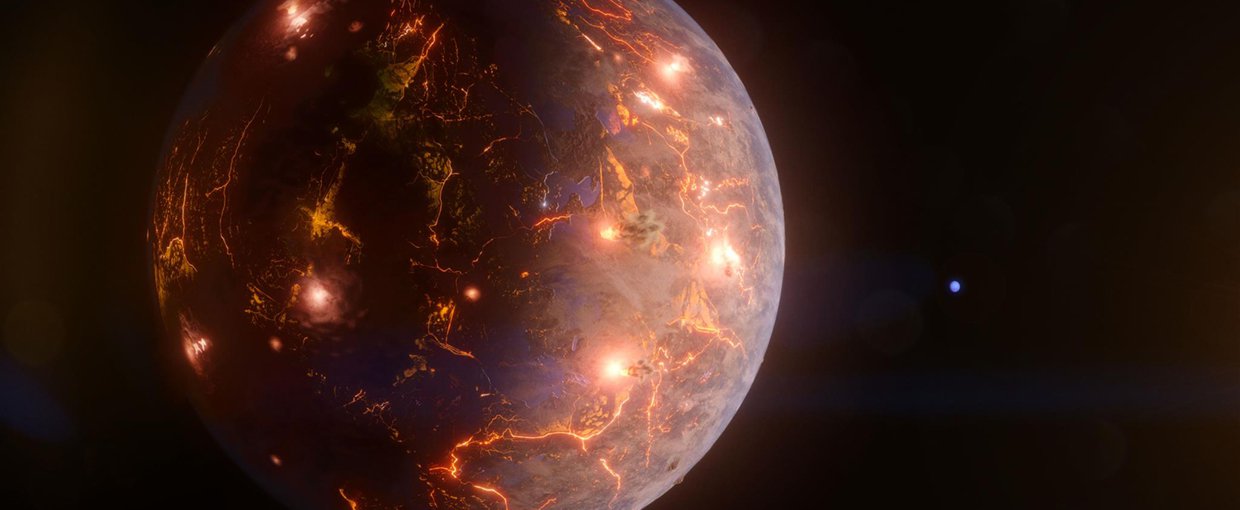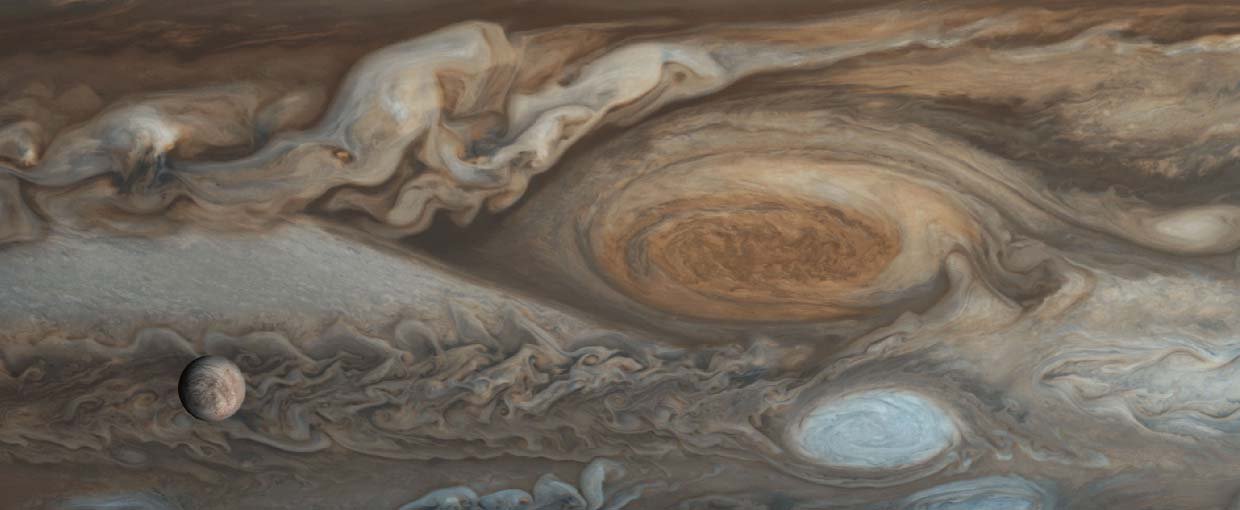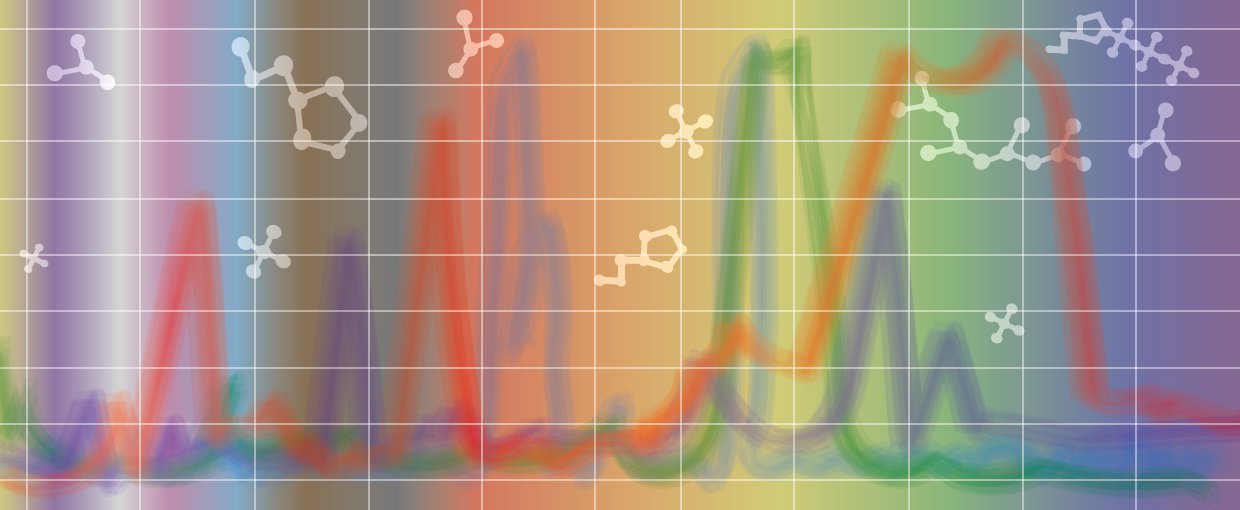Campbell, M. A., Łukasik, P., Meyer, M. C., Buckner, M., Simon, C., Veloso, C., … McCutcheon, J. P. (2018). Changes in Endosymbiont Complexity Drive Host-Level Compensatory Adaptations in Cicadas. mBio, 9(6), None. doi:10.1128/mbio.02104-18
Dungee, R., Boogert, A., DeWitt, C. N., Montiel, E., Richter, M. J., Barr, A. G., … Tielens, A. G. G. M. (2018). High-resolution SOFIA/EXES Spectroscopy of SO2 Gas in the Massive Young Stellar Object MonR2 IRS3: Implications for the Sulfur Budget. The Astrophysical Journal, 868(1), L10. doi:10.3847/2041-8213/aaeda9
Flood, J. J., & Copley, S. D. (2018). Genome-Wide Analysis of Transcriptional Changes and Genes That Contribute to Fitness during Degradation of the Anthropogenic Pollutant Pentachlorophenol by Sphingobium chlorophenolicum. mSystems, 3(6), None. doi:10.1128/msystems.00275-18
Tamburini, F. B., Sherlock, G. J., & Bhatt, A. S. (2018). Transmission and persistence of crAssphage, a ubiquitous human-associated bacteriophage. None. doi:10.1101/460113
Bray, M. S., Lenz, T. K., Haynes, J. W., Bowman, J. C., Petrov, A. S., Reddi, A. R., … Glass, J. B. (2018). Multiple prebiotic metals mediate translation. Proceedings of the National Academy of Sciences, None, 201803636. doi:10.1073/pnas.1803636115
Ciesla, F. J., Krijt, S., Yokochi, R., & Sandford, S. (2018). The Efficiency of Noble Gas Trapping in Astrophysical Environments. The Astrophysical Journal, 867(2), 146. doi:10.3847/1538-4357/aae1a7
Carlson, R. W., Brasser, R., Yin, Q-Z., Fischer-Gödde, M., & Qin, L. (2018). Feedstocks of the Terrestrial Planets. Space Science Reviews, 214(8), None. doi:10.1007/s11214-018-0554-x
El-Badry, K., & Rix, H-W. (2018). The wide binary fraction of solar-type stars: emergence of metallicity dependence at a < 200 AU. Monthly Notices of the Royal Astronomical Society: Letters. doi:10.1093/mnrasl/sly206
Faherty, J. K., Gagné, J., Burgasser, A. J., Mamajek, E. E., Gonzales, E. C., Bardalez Gagliuffi, D. C., & Marocco, F. (2018). A Late-type L Dwarf at 11 pc Hiding in the Galactic Plane Characterized Using Gaia DR2. The Astrophysical Journal, 868(1), 44. doi:10.3847/1538-4357/aadd04
Kane, S. R., Meshkat, T., & Turnbull, M. C. (2018). Maximum Angular Separation Epochs for Exoplanet Imaging Observations. The Astronomical Journal, 156(6), 267. doi:10.3847/1538-3881/aae981



